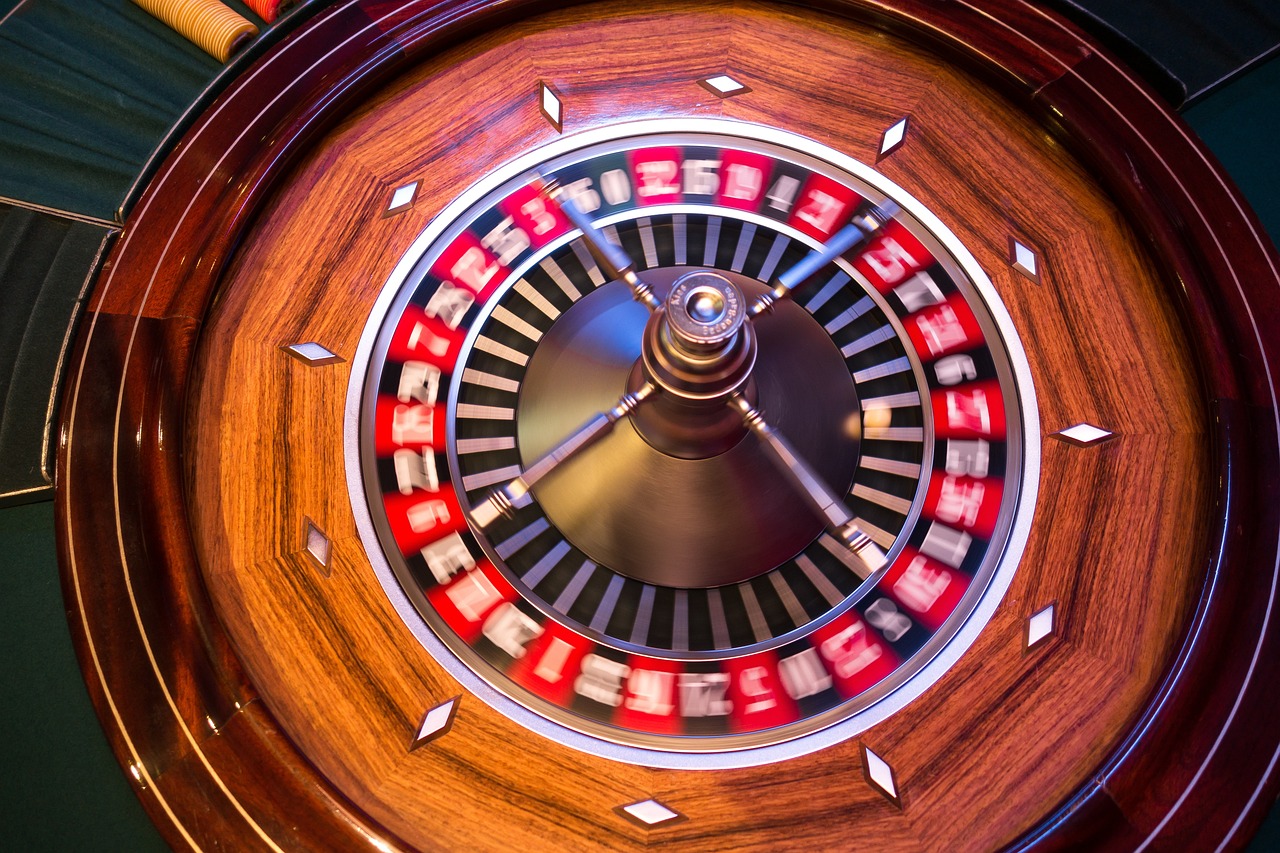Betting Systems Simulation
Home » Reverse Martingale
Chasing the Winning Streak: A Look at the Reverse Martingale in Roulette
In the ever-spinning roulette wheel, where chance reigns supreme, strategies arise like whispers promising to tip the scales in favor of the player. Among them, the Reverse Martingale stands out, a counterintuitive approach that defies the traditional "double down on losses" mentality. But is it a winning formula or a gambler's fallacy? Let's delve into its strengths, weaknesses, and how it fares in the roulette wheel's spin, adding a dash of historical context to the mix.
While the exact origins of the Reverse Martingale remain shrouded in mystery, historians believe it emerged sometime in the 19th century as a counterpoint to the riskier Martingale strategy. Its popularity likely stemmed from its appeal to cautious players seeking a less volatile approach to roulette. However, like its cousin, the Reverse Martingale never achieved widespread recognition, remaining a niche strategy amongst gambling enthusiasts.
Doubling Down on Victories, Not Losses:
Unlike its notorious cousin, the Martingale, the Reverse Martingale takes the opposite approach. Here's the core idea:
- Start with a small, manageable base bet.
- Stick to this base bet until you win.
- If you win, double your bet for the next round.
- If you lose, revert back to the original base bet and start again.
Unveiling the Strengths:
- Higher Profit Potential: Doubling down on wins can significantly boost your bankroll, especially during hot streaks.
- Reduced Risk: Compared to the Martingale, you never chase losses by doubling down, minimizing the potential for financial ruin.
- Simplicity: No complex calculations or intricate memorization, just follow the basic rules.
But Remember, the House Always Wins:
The allure of the Reverse Martingale is undeniable, but it's crucial to remember that roulette remains a game of chance. This strategy doesn't alter the odds, which are always in favor of the house. Additionally, several drawbacks lurk beneath the surface:
- Limited Winning Potential: While profits can be good during streaks, they are capped by your starting bet and table limits.
- Reliance on Luck: The strategy hinges on winning consecutive rounds, which can be rare and unpredictable.
- Reaching Table Limits: Doubling wins can quickly push you beyond betting limits, forcing you to abandon the strategy.
Using the Reverse Martingale Responsibly:
If you choose to explore the Reverse Martingale, remember these crucial points:
- Treat it as entertainment, not a guaranteed win. Roulette is a game of chance, and no strategy can guarantee victory.
- Set clear limits and manage your bankroll wisely. Never chase losses or exceed your budget.
- Consider alternative strategies with lower risk. Explore options like the Labouchere or the Fibonacci systems.
The Final Spin:
The Reverse Martingale can be an exciting way to experience roulette, but approach it with caution and realistic expectations. Remember, responsible gambling is always key. While it might not defy the odds, it offers a unique way to engage with the game, provided you spin with prudence, a healthy dose of skepticism, and a touch of historical awareness. So, keep your bets small, your head level, and enjoy the unpredictable world of roulette!
You can try this strategy yourself with our betting system simulator on the main page.
Lucky Number
19